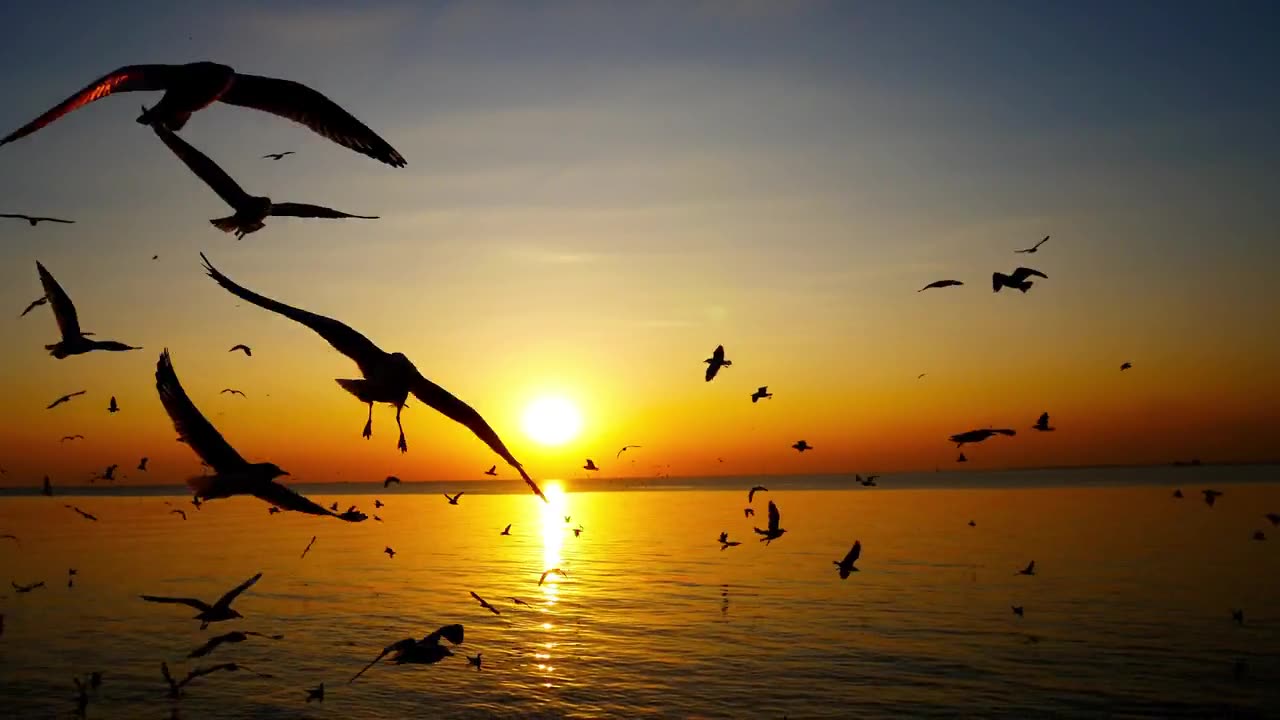Premium Only Content

The continental shelf is where the ocean meets dry land
Oceanographers split the ocean into vertical and horizontal zones based on physical and biological conditions. The pelagic zone is the open ocean's water column from the surface to the ocean floor. The water column is further divided into zones based on depth and the amount of light present. The photic zone starts at the surface and is defined to be "the depth at which light intensity is only 1% of the surface value"[13]: 36 (approximately 200 m in the open ocean). This is the zone where photosynthesis can occur. In this process plants and microscopic algae (free floating phytoplankton) use light, water, carbon dioxide, and nutrients to produce organic matter. As a result, the photic zone is the most biodiverse and the source of the food supply which sustains most of the ocean ecosystem. Ocean photosynthesis also produces half of the oxygen in the Earth's atmosphere.[14] Light can only penetrate a few hundred more meters; the rest of the deeper ocean is cold and dark (these zones are called mesopelagic and aphotic zones). The continental shelf is where the ocean meets dry land. It is more shallow, with a depth of a few hundred meters or less. Human activity often has negative impacts on the ecosystems within the continental shelf.
-
 1:04:33
1:04:33
JustPearlyThings
6 hours agoThe MISLEADING Tactics of the Feminist Agenda | Pearl Daily
22.7K15 -
 1:26:57
1:26:57
Flyover Conservatives
22 hours agoLara Logan’s Explosive Take: Open Borders. The Future for J6 Hostages. The Fallout from Hunter Biden’s Pardon. | FOC Show
24.9K8 -
 1:27:53
1:27:53
Adam Does Movies
8 hours ago $3.97 earnedIt's Kraven Time! First 8 Minutes Revealed + Moana 2's Huge Box Office! - LIVE
32.2K1 -
 7:20:47
7:20:47
-
 1:05:40
1:05:40
Donald Trump Jr.
10 hours agoAmerica to the FBI: We Only Take Kash, Live with Mike Davis | TRIGGERED Ep.195
152K124 -
 2:23:13
2:23:13
WeAreChange
6 hours agoBIDEN 180: Crime Family Coverup Exposed By Joe’s Pardon Of Hunter!
64.7K31 -
 47:03
47:03
Kimberly Guilfoyle
8 hours agoThe FBI is now Kash Only, Live with Larry Elder & Steve Friend | Ep. 178
84.5K17 -
 1:02:30
1:02:30
Sarah Westall
6 hours agoWhy Realistically Gold Could Increase to $100,000+ to Pay Off the National Debt w/ Andy Schectman
36.9K7 -
 54:43
54:43
LFA TV
1 day agoThe Biden Crime Family Is Above the Law | Trumpet Daily 12.2.24 7PM EST
49.3K5 -
 LIVE
LIVE
Tundra Gaming Live
9 hours ago $0.34 earnedThe Worlds Okayest War Thunder Stream
85 watching